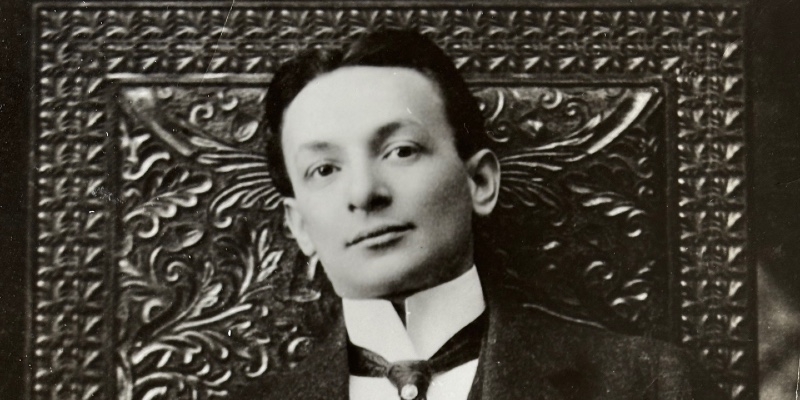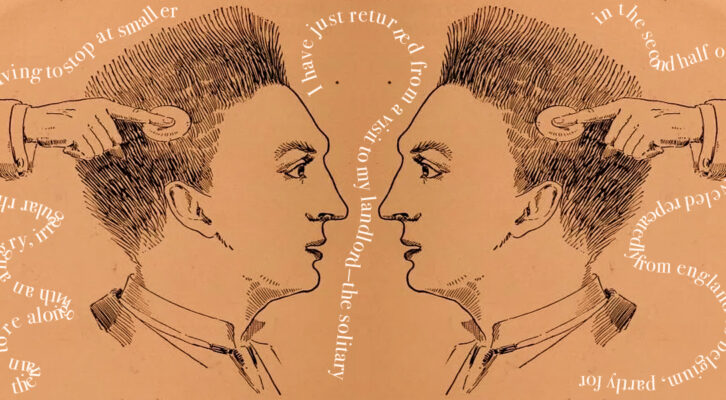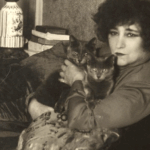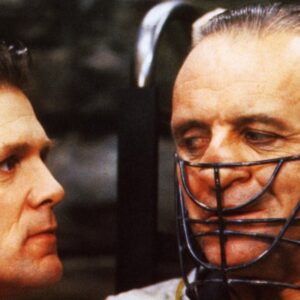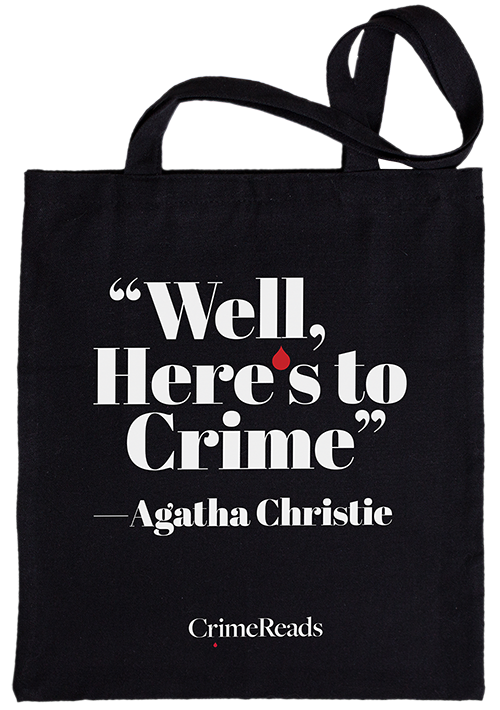The overnight train from Baltimore rattled and clanked as it passed through the outskirts of Cleveland and neared its destination, Union Depot. In one of the Pullman sleeper cars, members of the cast of The Parisian Model – a hit musical-comedy set to open that evening, October 22, 1906, at the city’s Opera House – were preparing to disembark. Anna Held, the star of the show, and Florenz Ziegfeld, Jr., the promoter, emerged from their compartment for a few minutes, leaving the door open. When they went back inside, Held’s black valise was gone.
The bag was stuffed with jewelry the actress wore on stage, including several strands of pearls, brooches and rings, and other pieces encrusted with diamonds, emeralds, and rubies. The stash included pearls Ziegfeld had given to her as a birthday present. About $6,800 in cash, and some financial documents, were also tucked inside. Press reports estimated the contents were worth upwards of $300,000, equivalent to more than $10 million today.
___________________________________
This article first appeared in Ellery Queen Mystery Magazine
___________________________________
“They took all my jewels – every one of them,” the actress sobbed when reporters caught up with her later that day. All she had salvaged was the jeweled comb and watch she was wearing. “I worked for this property all my life, and now I have nothing left, not even a ring.”
Cleveland’s chief of police, Frederick Kohler, ordered his detectives to escort Held, Ziegfeld and the railcar’s fifteen other passengers to police headquarters for questioning. Had the bag been misplaced, reporters asked, or had someone stolen it? “I have no opinion in the matter,” Kohler announced. He was not even convinced there had been a fortune in jewelry inside. “What I do know is that the valise is missing. Whether it contained 5 cents or $200,000 I cannot say and do not know.”
Held and Ziegfeld insisted they had been robbed. The Cleveland police, the press and just about everyone else suspected the whole affair was a publicity stunt.
* * *
They were the showbusiness power couple of the Gilded Age. Ziegfeld was thirty-nine and building a career that would make him one of the most famous and influential Broadway producers of the twentieth century. His Ziegfeld Follies, the annual musical-comedy revue he established within a year of the jewelry heist, made him a household name and propelled the likes of W.C. Fields, Will Rogers, Fanny Brice, Eddie Cantor, and Sophie Tucker to super-stardom. He had an eye for beauty and a talent for combining sumptuous costumes with stunning sets and vivid lighting effects to create spectacles. “Ziegfeld was a weird combination of the great showman and the little child,” Fields recalled. “His forte was beautiful girls and costumes with elaborate settings.”
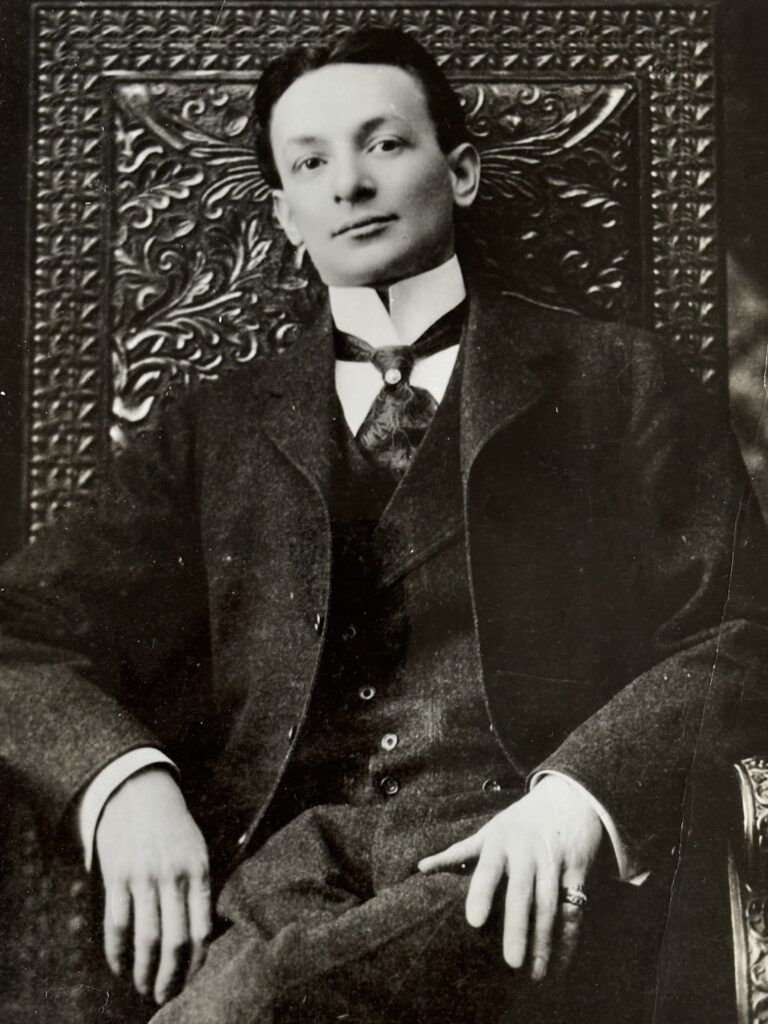 Broadway producer Florenz Ziegfeld, Jr. was a master showman who knew how to attract press attention to his shows. (Author Collection)
Broadway producer Florenz Ziegfeld, Jr. was a master showman who knew how to attract press attention to his shows. (Author Collection)
The great showman once explained how he chose his chorus from the thousands of young women who clamored for an audition. “The first thing we do is weed out those who are not pretty in face and form,” he said, but he was on the lookout for something more than stage ornaments. The ideal Ziegfeld Girl had talent – she could sing, dance, ham it up in skits with the likes of Fields and Rogers – and stage presence. “The ones who make the really big successes have beauty – plus personality.”
Held, who was born in Poland and grew up in Paris, was a triple threat of beauty, talent, and personality. When Ziegfeld discovered her while touring Europe in 1896, she was singing at a London venue. Her glamor and flirtatious on-stage persona were a perfect fit for his theatrical vision and ambitions. He brought her to New York, where she became his leading lady and his common law wife. To attract press attention to his star-in-the-making, Ziegfeld floated rumors that she owed her hourglass figure to having had ribs surgically removed, rather than a tight corset, and bathed in milk to improve her complexion. They scored their first Broadway hit in 1901 with Ziegfeld’s production of the musical The Little Duchess, starring Held as a French actress.
The Parisian Model, with Held again in the leading role, ran for more than thirty weeks on Broadway before beginning the tour that brought the show to Cleveland. It was “a typical Anna Held show,” noted one reviewer, filled with “girls, costumes, music and comedy.” The Washington Herald described it as “one breathless dash of audacity and beauty … tune succeeds tune, dance succeeds dance, and laugh succeeds laugh,” while countless costume changes filled the stage with “a kaleidoscope of tints, silks, satins, jewels, and flowers.” The “presiding genius of the whole affair,” the paper added, was Ziegfeld, a master of the “tricks of stage-craft” that captivated audiences “from the curtain’s rise to its fall.”
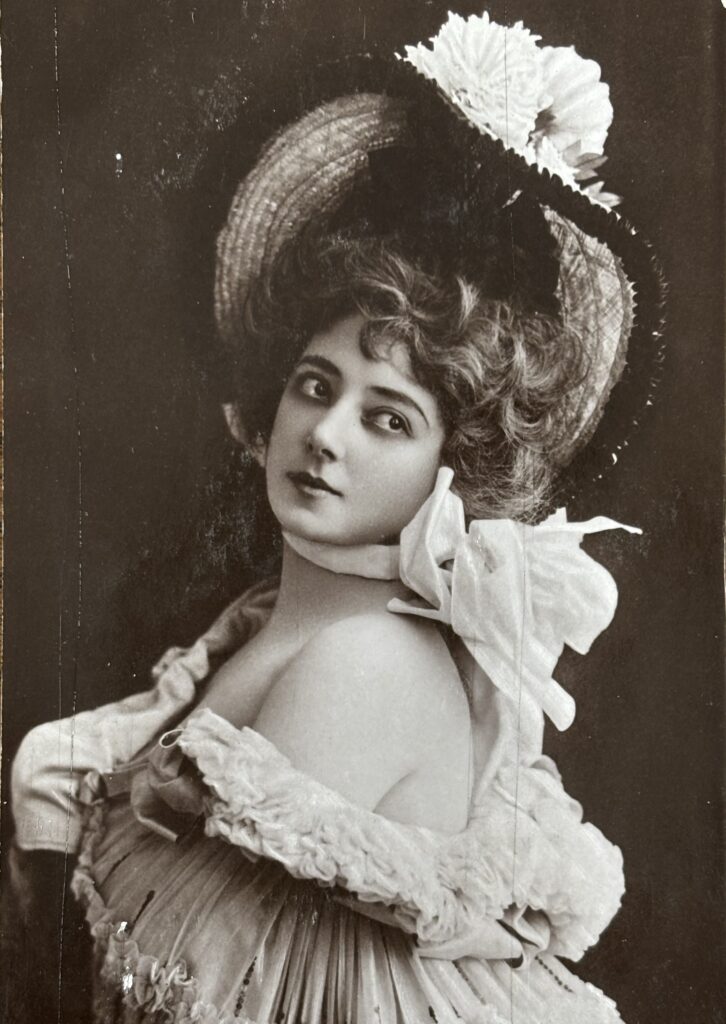 Actress Anne Held, Ziegfeld’s wife, was distraught after a valise containing her jewels went missing from her train. (Author Collection)
Actress Anne Held, Ziegfeld’s wife, was distraught after a valise containing her jewels went missing from her train. (Author Collection)
If the robbery was a ploy to generate publicity for The Parisian Model, this appeared to be news to Held. The petite thirty-four-year-old was either not in the loop or an accomplished actress giving the performance of her life. She was hysterical and in tears for most of the day after the theft was reported and barely recovered in time to take the stage – fifteen minutes late – for that evening’s performance. “If the valise was not stolen,” a police officer told the press, “Miss Held is not aware of the fact.” At least one reporter believed her anguish was genuine, proving that a crime had been committed. “A peep at pretty Anna’s red nose and red eyelids would convince one that this is no sham robbery.”
Real or not, the tale of the missing jewels was irresistible. Newspapers along the tour route picked up the story. The mystery made headlines from Halifax, Nova Scotia to Honolulu, Hawaii. The San Diego Sun offered its faraway readers a breathless, seventeen-word summary of the drama unfolding in Cleveland: “Miss Held is in tears. Her husband is frantic. The police are busy. The robber is missing.”
Much of the news coverage, however, ranged from unflattering and skeptical to hostile. “This old gag of stealing one’s diamonds oneself or losing them,” scoffed the Chicago Tribune, “has been in existence for years.” The Kansas City Star blamed the rise of “press agentry” for the overused ruse and quipped that another star of the stage, Lillian Russell, “lost her jewels twice a day.”
Many papers made blunt references to the “alleged robbery” or “alleged theft” and one questioned whether Held’s valise was even missing. “Anna Held Said to Have Lost Heavily by Train Theft” was the noncommittal headline in the New York Times report on the incident, which took care to note that the police were “trying to find out if Miss Anna Held, the actress, was robbed.” A newspaper in Upstate New York thought the episode was a waste of her talent. “She is so original on the stage that the public expects some more novel form of advertisement than the threadbare jewel robbery story.” The Buffalo News composed a poem on events of the day that included a line poking fun at the affair: “Drat these gems of Anna Held’s / It’s ten to one they’re phoney.” Too many press agents had cried “wolf” about stolen jewels too many times.
* * *
Cleveland detectives discovered how Held’s valise might have been stolen. During the few minutes the actress and Ziegfeld were outside their compartment, a man had stood between them and the doorway to retrieve a suitcase from an overhead rack. This could have enabled an accomplice to duck inside, snatch Held’s bag, and flee without being seen. The theory gained traction when witnesses reported seeing a man jump from the train as it slowed down to pass through a station. Even the “incredulous” chief of police, Kohler, the Indianapolis Star reported, “says he is now convinced that the robbery was committed.”
The passenger who blocked the compartment’s doorway was not a member of the show’s cast or entourage. Ziegfeld believed he was one of two men who had shadowed the troupe in Baltimore. Two chorus girls – one of them the aptly named Libby Diamond – recalled that a polite stranger had approached them at the Baltimore train station and inquired about Held’s travel plans. Held, once she recovered her composure, was shown mugshots and picked out the photographs of two men she had seen hanging around the theater during her Baltimore performances.
 An advertisement for The Parisian Model’s shows in Cleveland in 1906. (Plain Dealer, October 21, 1906)
An advertisement for The Parisian Model’s shows in Cleveland in 1906. (Plain Dealer, October 21, 1906)
Ziegfeld lashed out at the reporters who accused him of staging a robbery as adroitly as he staged his theatricals. “It is nonsense,” he said. “We don’t have to stoop to such things. Our houses are full, anyway. Look at Miss Held – that ought to tell whether it is true or not.”
The two men Held identified were arrested in Chicago and a woman suspected of being their accomplice – a chorus girl who had left the show – was picked up in New York. Then, something remarkable happened. A month after the jewels went missing, Held got them back.
According to the Baltimore Sun’s version of events, Ziegfeld had hired a Pinkerton detective to find the jewels. His sleuth had tracked down the suspects before the police found them and had worked out a deal. In exchange for a promise not to prosecute, the thieves returned the jewelry and were allowed to keep the stolen cash. The charges were dropped and the story vanished from the press.
Privately, however, Ziegfeld told a different story, one that cast him in the leading role. He told Held the thieves had contacted him and set up a meeting at a hotel. He left reward money on a table and retreated to an adjoining room to wait, with a gun at the ready in case he needed to defend himself. After hearing a door open and close, he returned to the room; the money was gone and the jewels had been left behind. It was a dramatic, cloak-and-dagger tale and Held did not believe a word of it. “She was convinced,” notes Ziegfeld biographer Charles Higham, “that Ziegfeld had engineered the theft himself … it marked the beginning of the deterioration of their relationship. Anna never trusted Ziegfeld again.” The couple divorced in 1913, after Ziegfeld began an affair with one of the stars of his trademark extravaganza, the Follies.
The Cleveland Plain Dealer inflated an overblown story of stolen jewels, shady characters, and recovered loot with some hype and exaggeration of its own. “The disappearance of the black bag,” it claimed, “is probably the most mysterious case that has ever confronted Cleveland police officials.”

